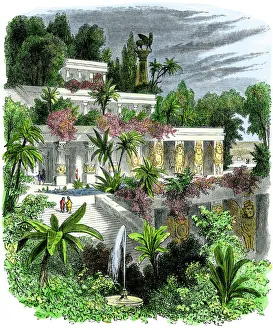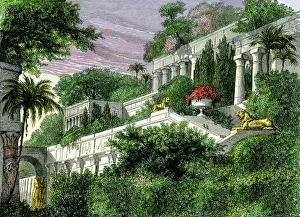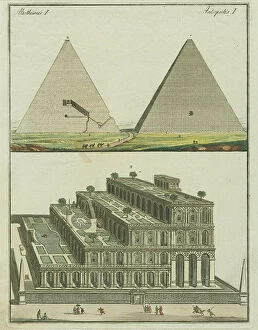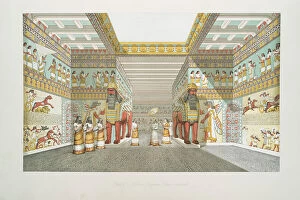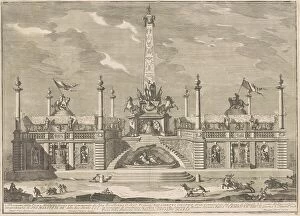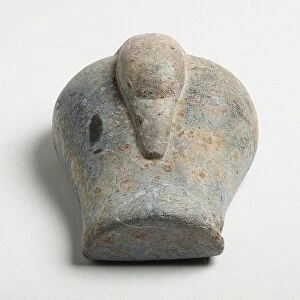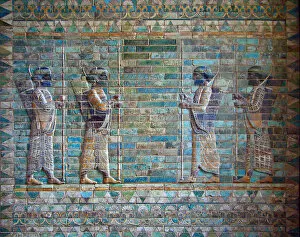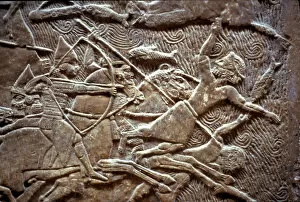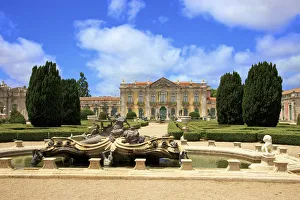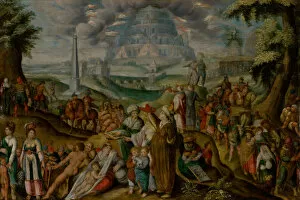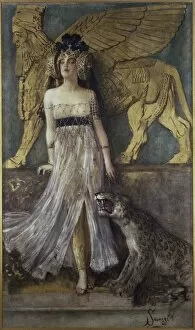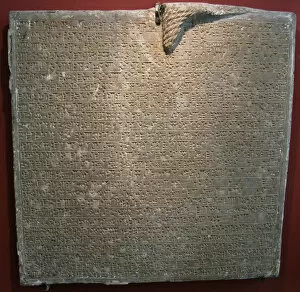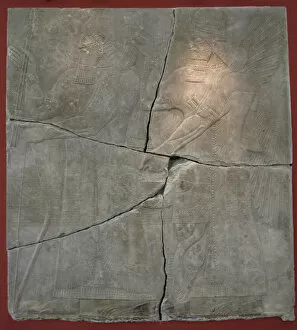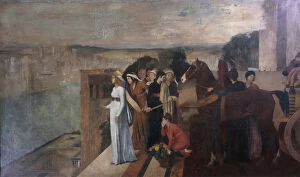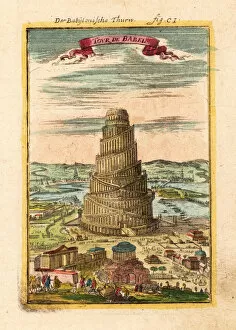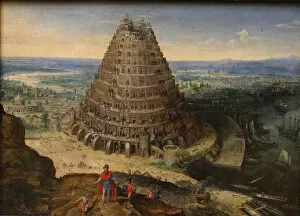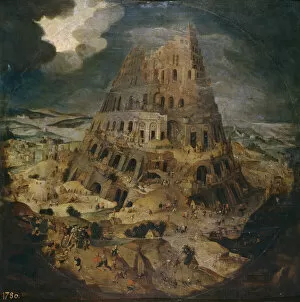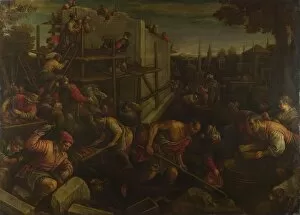Hanging Gardens Collection
The Hanging Gardens of Babylon, one of the Seven Wonders of the Ancient World, have captivated imaginations for centuries
All Professionally Made to Order for Quick Shipping
The Hanging Gardens of Babylon, one of the Seven Wonders of the Ancient World, have captivated imaginations for centuries. These lush gardens were said to be a marvel of engineering and beauty, built by King Nebuchadnezzar II in the 6th century BC. Inspired by ancient Assyrian art, such as the Winged Genie relief from Sargon II's palace and the Archers frieze from Darius I's palace at Susa, these gardens were a testament to human ingenuity and creativity. The artists behind these masterpieces captured mythical beings with wings and depicted gods like Ashur before the Tree of Life. Even though no physical evidence remains today, historical accounts describe how this architectural wonder was constructed. The ceremonial facade of Palacio de Queluz in Lisbon, Portugal gives us an idea of what it might have looked like - grand and ornate. Throughout history, artists have tried to recreate this legendary oasis. From engravings depicting "Hanging Gardens" to etchings showcasing Semiramis from Les Sept Merveilles du monde in the 17th century, people have been fascinated by its allure. In modern times, we see glimpses of this fascination with structures like Selfridges' Hanging Gardens in London. A black-and-white photograph captures its contemporary interpretation while paying homage to its ancient inspiration. The story surrounding the Hanging Gardens is intertwined with other tales from antiquity. The Confusion of Tongues painting by Karel van Mander depicts biblical events that connect back to Babylonian mythology - including references to The Tower of Babel where languages were supposedly confused. Regina Semiramide also adds another layer to this narrative; she was a powerful queen associated with both real history and mythological legends who may or may not have had a hand in creating these extraordinary gardens.

